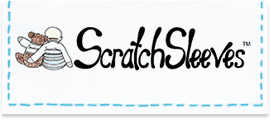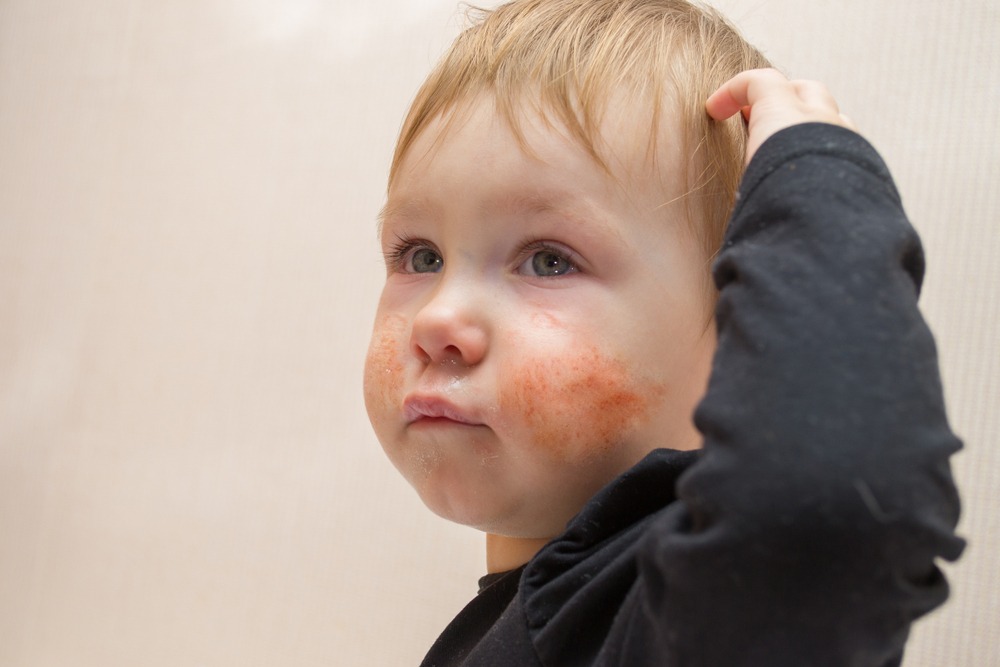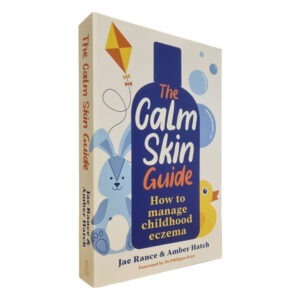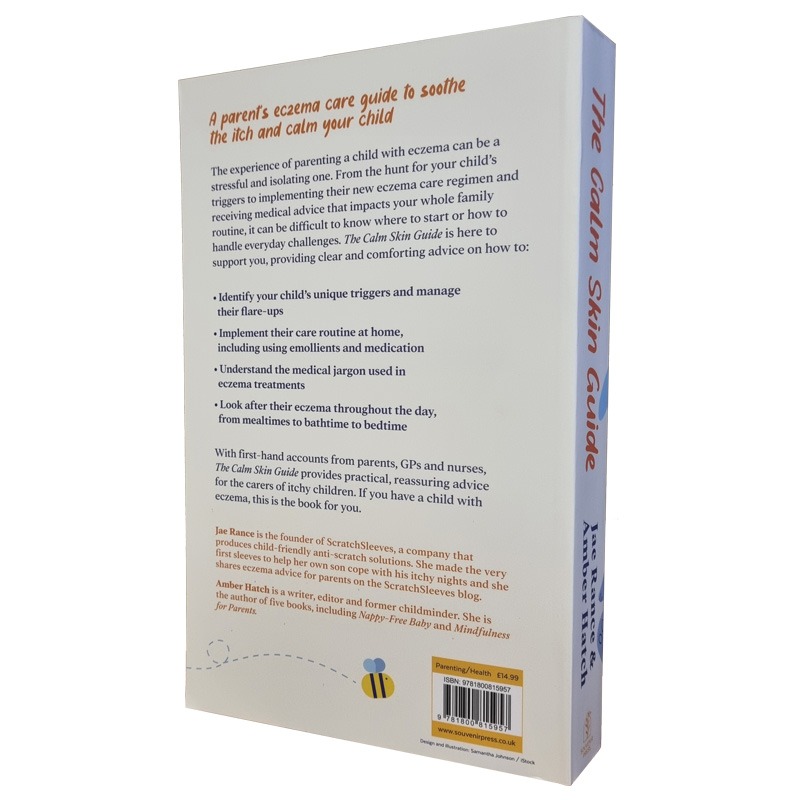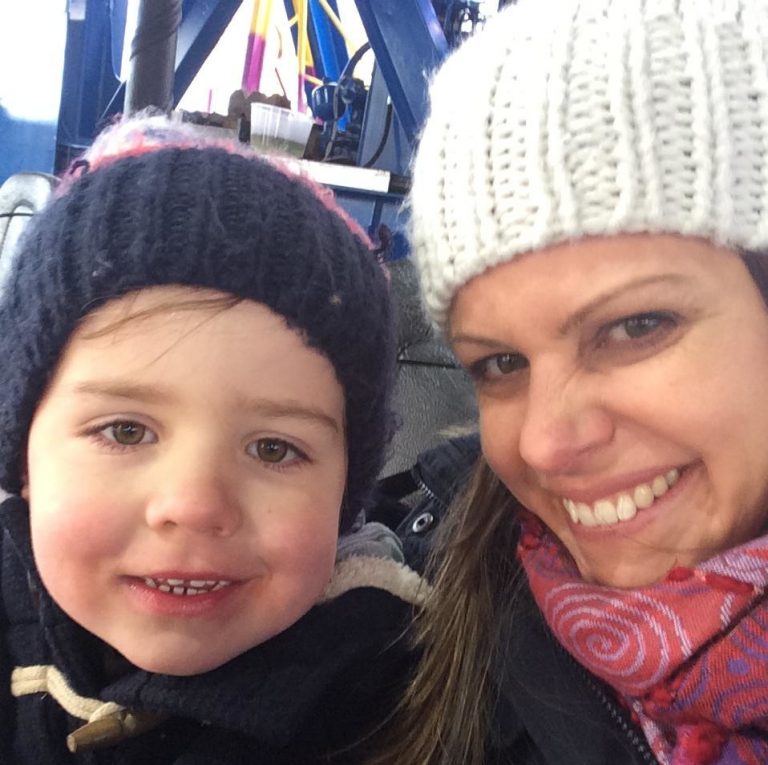Infected eczema: What it looks like and how to treat it

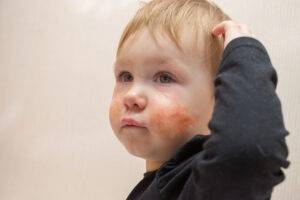

If you have a child with eczema you already know that there are likely to be other side effects, like infected eczema, that crop up from time to time. All of these are manageable with good advice from your GP or dermatologist. Here at ScratchSleeves we know the misery of late night googling and conflicting advice so we like to blog about our own experiences backed up by the latest scientific findings from reputable sources.
There are also plenty of ways to prevent infection and we will look at these in this post, along with the most common infections and how to recognise them. We hope you find this piece helpful.
The nature of eczema means that the skin is often cracked or damaged by scratchy little fingers. There is also less protection in the internal barrier functions of the skin, which are not visible to the naked eye, but nonetheless increase the risk of ‘secondary infections’. In addition, the regular application of emollients has been shown to increase the risk of skin inflections. As a result babies and children with eczema are far more prone to skin infections. Unfortunately infected eczema does not tend to clear up spontaneously. If anything, infections tend to aggravate the underlying eczema. However with quick intervention infections can be managed just like the eczema itself.
Preventing infections
Prevention is better than cure. While it’s unlikely that you be able to prevent all infected eczema, you will be able to keep it to a minimum by following these basic steps:
- Careful hand-washing before applying emollients and other topical treatments.
- Regular hand washing throughout the day (both you and your child). Always use the hand gels available at your GP surgery, clinics and hospitals.
- Use regular baths to keep you child’s skin clean. Make sure that their skin is properly dry, especially in the folds around the neck, armpits and knees, before dressing. You can find more information on eczema friendly bathing (including frequency) here.
- Keep all creams and lotions firmly closed and in a clean dry place. Consider keeping emollients in the fridge if you house is on the warm side.
- Do not allow anyone to handle emollient tub and tubes unless they have washed their hands thoroughly first.
- If possible, minimise scratching. Cover hands with clean scratch mitts if scratching is inevitable. You can find lots tips for this here.
- If you child is prone to skin infections (or getting particularly hot and sweaty), regular bleach baths can help in preventing infections taking hold.
Most emollients and creams come with a dispensing pump for hygiene. Avoid touching the nozzle when dispensing, if you do touch it just give it a swipe with an antibacterial wipe. If you are using a tub of emollient without a pump, decant small amounts using a metal spoon. Repeatedly dipping fingers into the tub increases the risk of infections. Using a (clean!) spoon to pop the emollient into a smaller dish means less chance of introducing any bacteria into the tub.
Types of eczema infection
Bacterial infections
It’s a strange thought, but we all have billions of bacteria living on our skin. Our bodies are designed to keep these bacteria out of our internal systems by the largest organ we have – our skin. Once the skin is broken or damaged the risk of infection exists for all of us which is why we need to ensure we keep cuts, grazes and scrapes clean and covered. When the bacteria gets into the epidermis (the protective barrier under the surface) it can cause a flare up of eczema as the immune system is triggered. Staphylococcus aureus (Staph. aureus) is the bacterium that is most commonly responsible for eczema infections and this is commonly referred to as ‘impetiginized eczema’.
What does a bacterial eczema infection look like?
The earliest signs of a bacteria infection is redness or darker patches of skin with accompanying itchiness. In daylight there may be an orange shimmer visible on the patches. As the infection increases a golden tinge will be clearly evident along with crusting and weeping.
- fluid oozing from the skin
- a yellow crust on the skin surface
- small yellowish-white spots appearing in the eczema
- the skin becoming swollen and sore
- feeling hot and shivery and generally unwell
- normal eczema symptoms may also get rapidly worse and may not respond to your regular treatments.
How are bacterial eczema infections treated?
Antibiotics will normally be needed to treat bacterial skin infections. These can be in the form of a cream or an oral medicine. Just as with any antibiotics, it is important to finish the course you are prescribed, even if the skin looks completely clear. You will be advised not to continue topical (cream) treatments for longer than 14 days as the body can build a natural immunity after this time.
In the first instance your child will be prescribed a broad spectrum antibiotic that may also contain antifungals. Should you not see any improvement in your child’s infected skin after broad spectrum antibiotic treatment it is important to go for a skin swab at your doctor’s surgery to confirm exactly which strain of bacteria is causing the infection. Don’t panic if an MRSA (Methicillin-resistant Staph. aureus) infection is diagnosed. While MRSA is often described as a ‘super-bug’ in the press, it is not resistant to all antibiotics. MRSA infections can be treated. Typically these antibiotics are given in tablet form although with a very young child they may give injections instead.
As a side note we are super impressed with an over the counter treatment for Staph. aureus. Gladskin is the only product on the market that selectively attacks Staph. aureus leaving the rest of the skin’s microbiome intact. Regular antibiotics are typically broad spectrum, meaning that they attack all bacteria, good or bad, indiscriminately. We prefer the cream to the gel.
Fungal infections of eczema
Just like bacteria, we all have certain fungi living on our skin. This is completely natural and all part of our bodies amazing ecosystems. There are two main fungal infections that can infect eczema, candida and tinea. Fungal infections typically present as a red, scaly rash with occasional pustules (tiny white or yellow spots). They are very itchy, especially on top of eczema. As with bacterial infections a yellow or orange crusting and swelling and reddening streaks are common.
Candida
You may know this better as ‘thrush’ – it is a yeast that thrives in warm and damp areas of the body. In children it occurs commonly around the neck (especially in babies who can’t regulate their own body temperature so well) and between toes, behind knees and in the armpits. In babies and young children with eczema the nappy area is the most likely area to be affected by candida infection.
Candida can be treated with a cream purchased from a pharmacy. The cream contains clotrimazole – this is a broad spectrum antifungal agent with minimal side effects.
As candida thrives in warm damp areas, you can minimise infection risk but keeping your baby’s skin as clean and dry. Mop up any dribble as soon as possible. Use plastic backed bibs. Change nappies as soon as they are soiled or damp. Ensure your baby is completely dry after bathing before dressing them. For older children there are some great tips in this article.
Is it ringworm (tinea) or discoid eczema?
Ringworm (or tinea) is a fungal infection is caused by a form of mould known as dermatophytes. The name ringworm is misleading – it has nothing to do with actual worms, rather the shape of the circular skin lesions it causes. The ring pattern is the most distinguishing feature of this type of infection. As a result it can be difficult to tell the difference between ringworm infections and discoid eczema.
Both conditions cause itchy reddening of the skin and typically have scaly, circular or rashes. Ringworm starts as a rash with tiny red pimples. The pimples slowly spread , and form a 1-3 cm round or oval ring. The ring’s edges are red, raised, or scaly. The skin inside the ring may look pink or almost normal. In contrast, discoid eczema patches tend to be raised and inflamed and scaly across the whole area. Discoid eczema patches are typically coin sized but can be a large as 10cm across.
Ringworm is treated with antifungal cream miconazole cream, which is available over the counter. Antifungal creams do not have the same resistance potential as antibiotic creams, so you can apply them as and when they are needed without concern. Consistency with application is key until the lesions are clear, applying as regularly as directed by your pharmacist. If the skin does not clear you will need to see your doctor to confirm the diagnosis. It’s likely that your doctor will take a small skin scraping for analysis. This is known as mycology and is not painful for your child.
Viral infection of eczema: Eczema herpeticum
Eczema herpeticum is by far the most serious type of infected eczema, but also the rarest. It is caused by the herpes simplex virus (which usually just results in cold sores). This type of viral infection can spread through the skin of people with eczema and cause a serious condition called eczema herpeticum. It is spread through direct contact but can also live on hard surfaces for several hours and the risk of cross infection is therefore high. If you or someone in close contact with your eczema baby or child has an active cold sore do not share towels, linens or utensils. Do not allow the cold sore to come into contact with your child’s skin, especially during an eczema flare.
The symptoms of an eczema herpeticum infection are obvious and typically progress rapidly. They include
- Painful areas of rapidly worsening eczema.
- Groups of small blisters (2-3mm across) that burst and leave shallow, red, open sores.
- A high temperature and feeling of general illness.
Call your doctor straight away if you suspect eczema herpeticum, it is extremely infectious so your doctor may give you an initial consultation online. Please be assured it is rare in children.
Treatment requires an antiviral drug called aciclovir. Hospital admissions are common as this is typically given intravenously. Staff will support you and provide accommodation with your child as appropriate.
What to do if my child has infected eczema
While most experienced eczema parents will treat the first stages of an infection at home, for babies and young children, it’s always sensible to book a GP appointment just to check that there isn’t anything more serious going on. This also has the advantage that your GP will be able to prescribe stronger or combined creams that can treat bacterial and fungal infections at the same time. Call your doctor straight away if you suspect eczema herpeticum as it can progress frighteningly quickly once it takes hold.
If your child’ does get an infection’s eczema does get infected, avoid cross infection by not allowing sharing of their towels, bedding and clothing with the rest of the household until they are all clear.
If your child suffers with bacterial infections on a regular basis you may be advised to use antiseptic creams and washes. They come combined with emollients and will reduce the amount of Staph. aureus on the skin. Triclosan, chlorhexidine gluconate and sodium hypochlorite are commonly used. Follow your doctor’s advice and directions.
Please do not blame yourself for childhood infections. They are almost unpreventable and they are treatable.
As well as sharing our experience of bringing up an eczema child (and favourite allergy-friendly recipes), ScratchSleeves also manufacture and sell our unique stay-on scratch mitts and PJs for itchy babies, toddlers and children. We now stock sizes from 0-adult in a range of colours. Visit our online store for more information.
The Calm Skin Guide
Love our blog? It's also available in book format with:
- First hand accounts from parents & medical professionals
- Easy navigation
- Comprehensive index
- Additional material
Signed copies available at no extra cost
Written by:
Reviewed by:
Interesting article? Don't keep it to yourself...
Read next...
You may also find helpful...
Quick buy


Multi Buy Discount

Spend between £30 - £60 and save 5%
Spend between £60 - £120 and save 10%
Spend over £120 and save 15%
Discount automatically applied at checkout
No Quibbles Guarantee

ScratchSleeves abide by a no quibbles guarantee.
Free UK Postage

Free packing and postage on all UK orders. For overseas orders to Europe postage is from £3.50, to USA is £6.50 and to the rest of the world, from £3.75.

